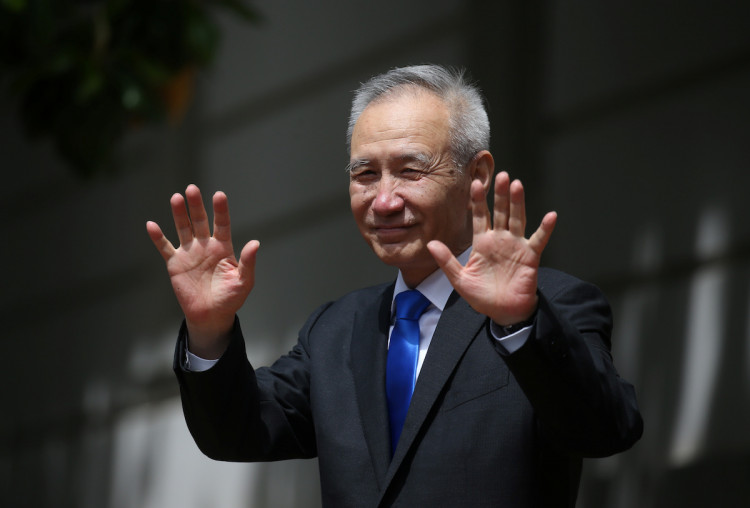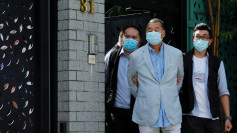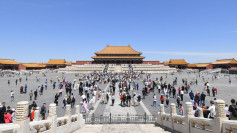Remarks by China's Vice Premier Liu He on Thursday confirm China is set to deploy a slew of stimulus measures to ignite growth but won't cut interest rates anytime soon.
Liu said the country's regulators (among which is the People's Bank of China or PBOC) must boost support for the economy and keep ample liquidity in the financial system.
"At present, we do have some external pressures, but those external pressures will help us boost our self-reliance in innovation and accelerate the pace of high-speed development," admitted Liu.
The government will roll-out more strong measures to promote reforms and open up the economy, said Liu, who is also the lead negotiator in the stalled U.S.-China trade talks.
Analysts said Liu's comments were mostly directed at the PBOC, the country's central bank.
Last week, PBOC governor Yi Gang said there is "tremendous" room to make policy adjustments if the trade war worsens.
"We have plenty of room in interest rates, we have plenty of room in the required reserve ratio rate, and also for the fiscal, monetary policy toolkit, I think the room for adjustment is tremendous," according to Yi.
Chinese experts expect Beijing to adjust money and credit supply in the coming weeks. This will include the seventh cut to the reserve ratio requirements (RRR) since early 2018 to again counter "downside risks" if trade tensions escalate. But cutting interest rates is a subject of intense debate with PBOC apparently bent on using it only as a last resort.
In May, PBOC accelerated its campaign to boost loan growth and business activity.
It announced a three-phase cut in regional banks' reserve requirements to reduce financing costs for small and private companies, which combined employ the most number of persons in China.
PBOC remains reluctant to cut benchmark interest rates so far. Analysts believe this hesitation is driven by concerns this move will add to the massive mountain of debt leftover from past stimulus sprees.
Also, more forceful monetary easing might ignite capital outflows and add pressure on the Chinese yuan. The yuan has fallen nearly 3 percent against the U.S. dollar since Trump's trade war began to spiral out of control on May 17.
PBOC's outlook on an interest rate cut will change of the U.S. Federal Reserve triggers the first of what is expected to be three rate cuts between now and 2020.






